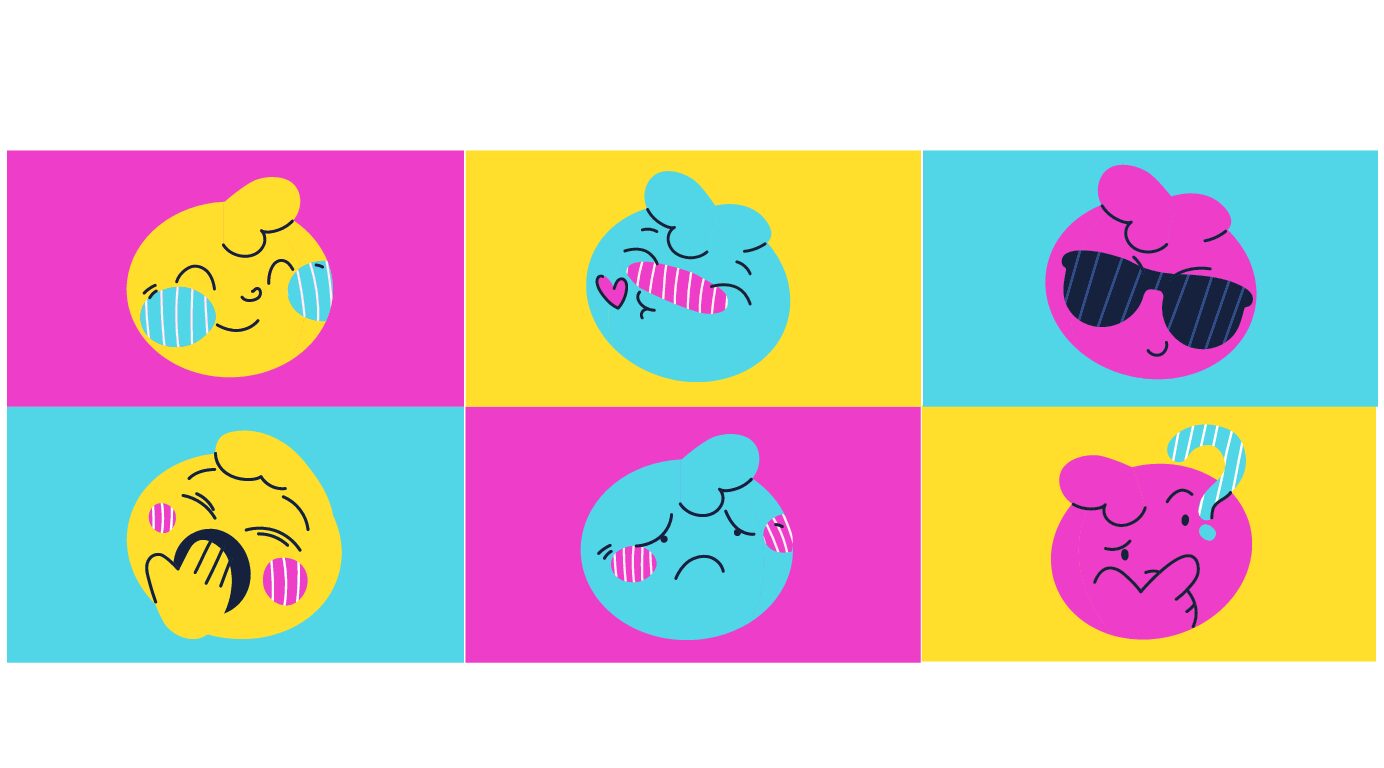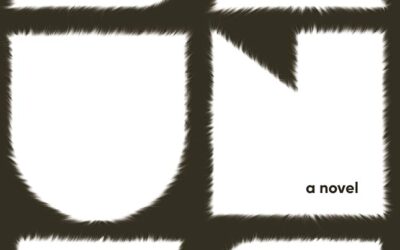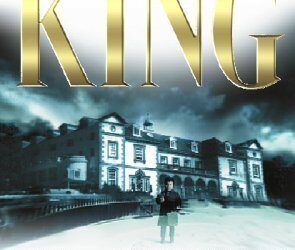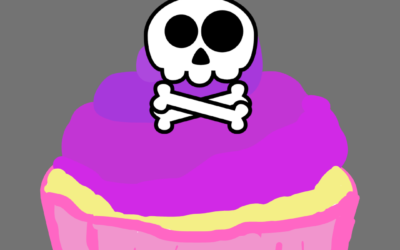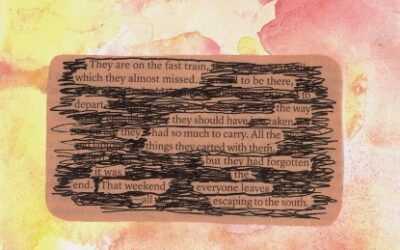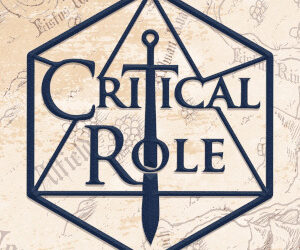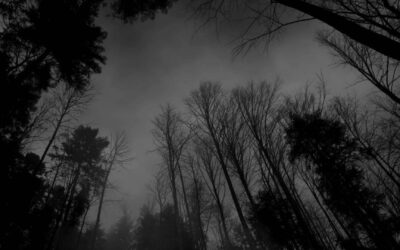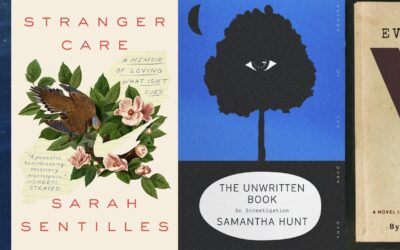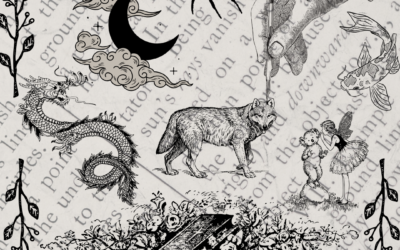From Fate to Hate: When Perfectionism Sours Your Writing Relationship
Take a moment and picture your perfect writing session: in your house, a candle on your desk casting a cozy ambiance…or maybe you’re tucked inside a café, the whir of espresso machines providing a lively soundtrack. Wherever you are, words are gliding from your...
Book Review: The Skunks by Fiona Warnick, reviewed by Emily Miles
Tin House $17.99 226 pages In the spring of 2024 Fiona Warnick published her debut coming-of-age fiction novel The Skunks at the publishing house Tin House. The Skunks follows the main character, Isabel, who recently completed her undergraduate degree from college....
A Story Torn in Two: Revisiting The Shining
It’s no secret that Stephen King isn’t a fan of Stanley Kubrick’s adaptation of his novel, The Shining. King has been critical of the film ever since its release in 1980, and has reiterated that statement as recently as 2021. Despite this, many viewers and...
Writer’s Support Group—Today’s Lesson: Terminating Characters
As writers, we all know there will come a time in our fiction when we must end the life of a beloved character. So when is the right time to kill a character? It’s hard to pinpoint the exact moment when a writer knows it is time to end the storyline of a...
On the Merits of Borrowed Words: A Celebration of Blackout, Found, and Collage Poetry
Blackout, erasure, found, collage—these are all forms of poetry that find themselves through use of pre-written words. (For this post, I’ll use “found” as an umbrella term). While sometimes diminished as lesser literary forms—either due to their simplicity or to the...
Roleplayers and Writers: Why So Many Writers Love Playing Tabletop RPGs
I got into Dungeons & Dragons because I was too scared to publish. Like many writers, I have a paralyzing fear of wide scrutiny, of my love and hard work being torn apart or rejected out of hand before an audience can even see it. Some of us have even...
Face Your Fears: Why You Don’t Need to Avoid the Horror Genre
How often do you find yourself perusing the horror section at the library or bookstore? When do you find yourself wanting to read something that disturbs and unsettles you? Unless you’re like me, with a sick desire to be forever scarred by the literature I...
Minecraft as Storytelling
A little more than 10 years ago, I started to play Minecraft. At first, I just watched my father play Minecraft over his shoulder, but eventually, he got annoyed by my back-seat gaming, so he set me up with my own computer and Minecraft account. Once the...
Who Am I-Who Are You-Who Are They
All novels, essays, and short stories follow this rule; the narrator speaks from a point of view you can recognize. There are five commonly accepted PoV’s: First-Person, Second-Person, Third-Person-Limited, Third-Person-Omniscient, and Third-Person-Objective....
Five Twin Cities Coffee Shops to Visit for Your Next Writing Session
Writers have many methods to keep their brain rolling with ideas. I can attest to the countless hours wasted staring at a blank canvas, running around the house looking for things to keep me occupied as I waste time struggling for inspiration. When times get tough for...
Hybrid Books I Loved to Read with the Seasons
Spring: Bluets by Maggie Nelson “This deepest blue, talking, talking, always talking to you.” Maggie Nelson’s Bluets is one of my favorites due to its unwillingness to belong to any single genre. The poets call it poetry and the essayists call it a lyric essay, but...
Retell Your Own Folklores and Fairytales
Growing up, I am pretty sure many people have heard folklore and fairytale stories. Stories are one of the oldest forms of entertainment in the world. Pieces like Cinderella, Little Red Riding Hood, and The Three Little Pigs are all so well known that half the world...

